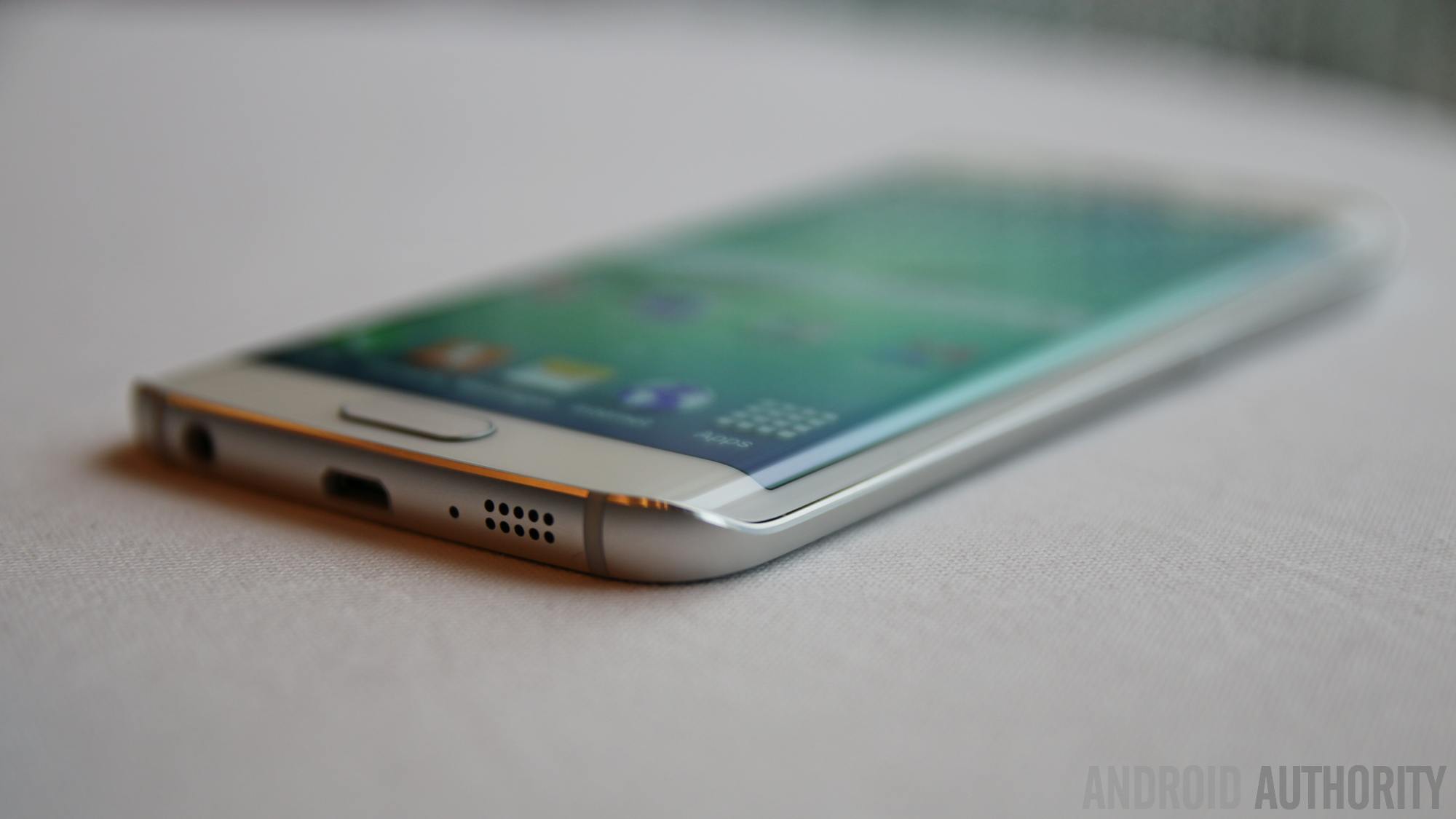Affiliate links on Android Authority may earn us a commission. Learn more.
That curved glass on the S6 Edge? It takes time and money

The public reception of the Galaxy S6 and Galaxy S6 Edge has been generally favorable, enough to make Samsung ramp up production levels and promise similar designs for other products coming in 2015. The downside is Samsung may be actually having trouble meeting the demand for its new devices, in particular the Galaxy S6 Edge.
A report from Taiwanese website TechNews claims Samsung is facing issues with the curved glass covering the Galaxy S6 Edge, including low yield rates, lengthy fabrication processes, and high costs.
Reportedly, Samsung’s China-based supplier of curved glass currently works with a 50% yield rate, meaning that half of all glass sheets have to be scrapped. That’s due to the lengthy and complex “thermo forming” process that each sheet of Gorilla Glass 4 needs to go through in order to attain the needed shape. Samsung explained the process in a blog post: put simply, each sheet of glass is heated to 800 degrees centigrade (which softens it), then pressed into shape using a special mold, chemically strengthened, and finally polished using high-precision machines. The polishing step alone can take 40 minutes.
According to the sources cited by TechNews, the final cost of each curved glass can reach $25-$26. It’s not clear if this cost accounts for the current low yield (if it factors in defective products), but it’s definitely above the average price of a conventional, flat Gorilla Glass screen. One source that’s often cited on the web says a flat sheet can cost as little as $3. Even if the cost reported by TechNews isn’t as high as $25, it’s safe to say it’s significantly higher than $3, and that’s likely one of the reasons the S6 Edge is more expensive than its non-curved sibling.
Samsung’s original order was for up to 8.5 million sheets of glass in Q2 2015, but due to the low yield, the supplier won’t be able to make more than 6.5 million units, says the report. As such, Samsung is said to be looking for other suppliers to make up the difference.
To be clear, this doesn’t necessarily mean there will be a shortage of Galaxy S6 Edge in stores. Even if this report is entirely accurate, Samsung may secure additional suppliers or a breakthrough in the manufacturing process could increase yields in the future.
Samsung reportedly plans to manufacture 4 million Galaxy S6 Edge units by the end of April.